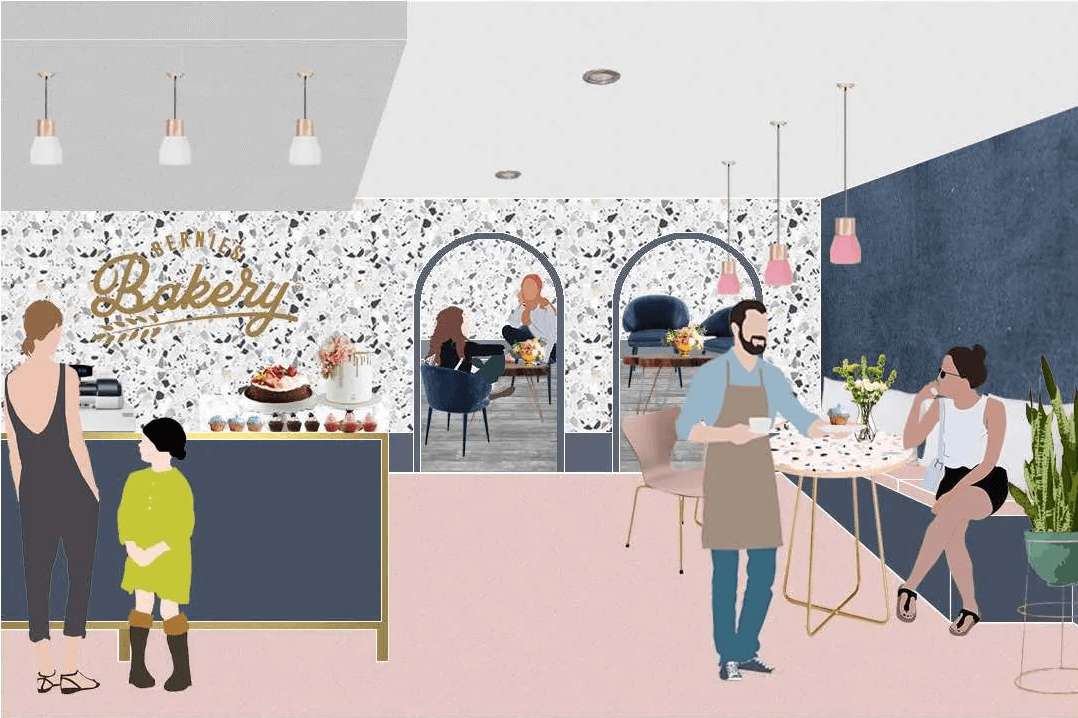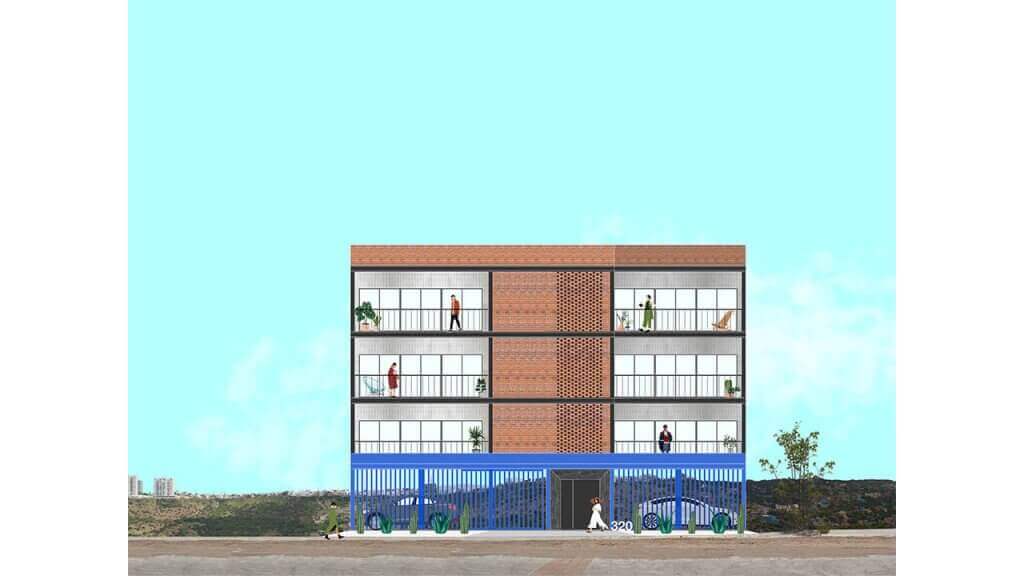
Architects – like any other artists – are always looking for the next big thing to distinguish themselves from the generation that came before. In the world of hyperrealistic digital rendering, what can be the next step? Several architectural firms have started working with post-digital drawing to find a new way of conceptualizing the world’s ultra-modern designs. But what is post-digital architecture, and how does it stand out from the last 30 years of digital rendering?
Post-digital in the architectural world has already come to mean different things to different people. In short, it’s a relatively simple definition: it moves away from the hyperrealism of traditional digital rendering that the industry has become familiar with over the last 30 years or so, and instead favors a hand-drawn or collage look. Up-and-coming architects work with this style because it separates then from the hordes of “true to life” drawings that saturate architectural design firms.
While the style moves away from the traditional digital look, it still utilizes ultra-modern working tools. Although the drawings are made to look like the utopian collage designs of the 50s and 60s, all concepts are still designed on digital platforms, usually with the most cutting-edge rendering tools and Photoshop. The intention is to make the designs look hand-drawn while still taking advantage of all the benefits of using a digital platform – aspect ratios, rotation, multiple viewing angles, and ease of use and distribution.
Artistic representations always move in phases; this isn’t a new concept. After all, music, art, and literature has moved through realism, modernism, and postmodernism in the last century. From this angle, architecture is no different, particularly considering it is at its heart a form of artistic expression. Therefore, moving away from the hyperrealism of digital rendering doesn’t seem unusual. Each new wave of architects (like other artists) want to find a new way of rendering their art, both due to boredom with the current medium and the desire to find new ways of expression. So does this mean post-digital drawing in architecture is here to stay?
Post-digital drawing provides a compromise between the world of the past and the world of the present. It utilizes everything that’s good about digital rendering, particularly the freedom of expression it offers, and combines it with a desire for a more “retro” look that has come back into fashion in other areas. The young talented generation of architects appear to be more drawn towards modernist and utilitarian renderings of designs rather than contemporary digital pictures that express the “real.” In short, the latest trend in architectural design appears to express the feeling of a building, rather than how it will look in real life.
Post-digital drawing in architecture is one of the latest trends that’s become particularly popular with Mexican architects looking to distinguish themselves from the more general crowd of traditional hyperrealistic drawings. While it might not give a “true” rendition of the building, the designs create interest and still give an accurate sense of how the building will function. Considering it’s currently a hot topic in global architectural firms and universities, it’ll be interesting to see how it develops in the future.


Post-digital rendering works provided by @pimp.lab